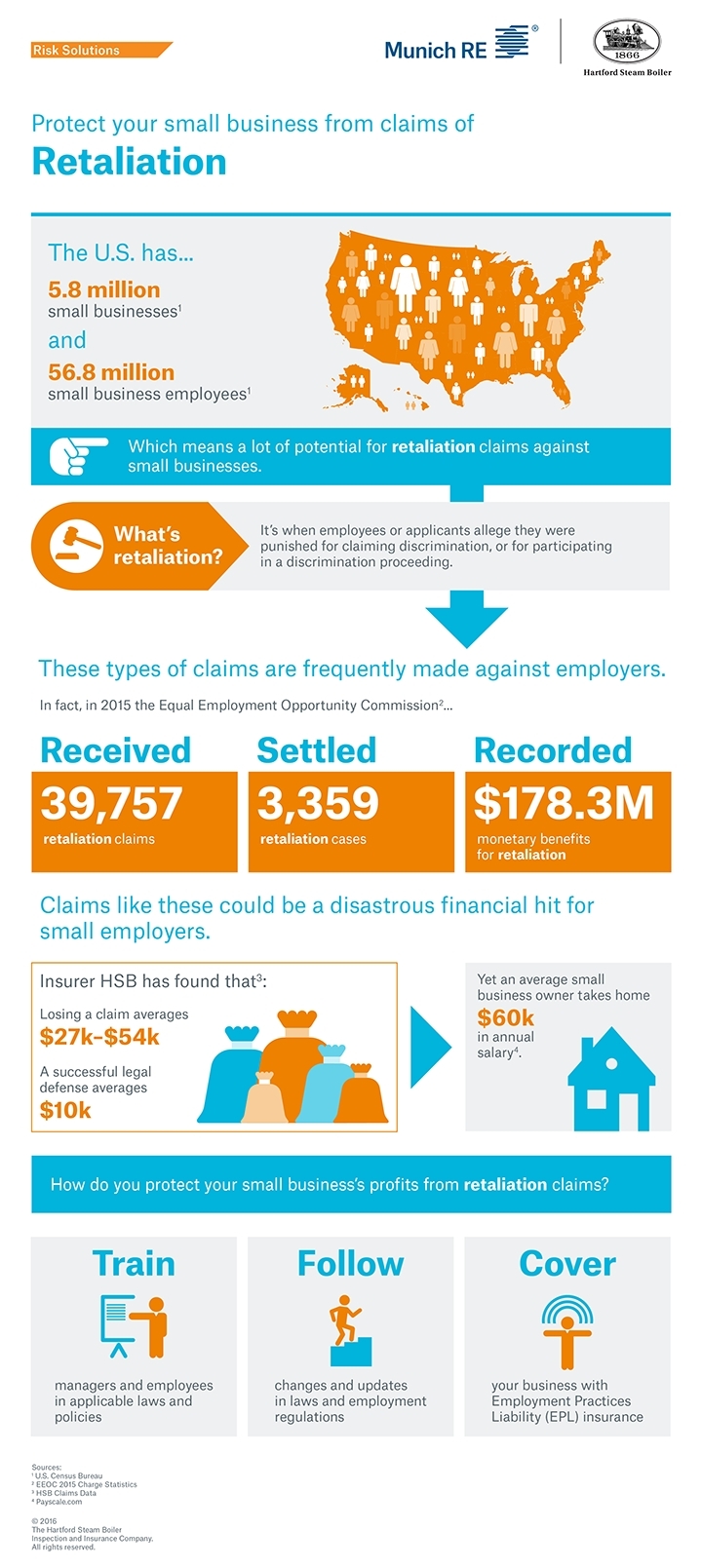Mitigating the Risks of Using Independent Contractors
Independent contractors can provide small and mid-size employers with a flexible and cost-effective method for dealing with the ebb and flow of production requirements.
Employers may engage contractors without the administrative burden and expense of providing employee benefits, withholding payroll taxes, or worrying about whether there is enough work to justify a permanent hire.
The down side is the risk that the Internal Revenue Service, U.S. Department of Labor, a state administrative agency, or a court may find that a contractor was misclassified and is really an employee. Such a finding may result in liability for unpaid withholding and payroll taxes, employee benefits, workers’ compensation, unemployment, and claims under the Fair Labor Standards Act and federal discrimination laws.
Michelle W. Johnson of Nelson Mullin Riley Scarborough offers this reality check for employers.
To ensure proper classification, employers sJohnson hould ask the following questions:
- Are the contractor's duties integrated with core business operations, or do they perform non-essential business activities? A contractor's services should be peripheral rather than core to the business.
- Does the contractor work full-time for one employer, or simultaneously for others? Contractors should not work full-time for one company; that's what employees do.
- Does the contractor perform the same job as employees, work alongside employees or supervise employees? The answer should be “no.”
- Must the work be performed on-site, in person, and according to detailed procedures governing the means, method, time and manner of performance? Again, the answer should be “no.”
- Does the contractor receive company benefits such as insurance or paid time off? Contractors should not receive benefits.
Here are Johnson’s suggestions for keeping contractors on the right side of the classification fence..
Once an employer has audited its workforce and fixed any classification errors, the following steps will improve its odds of surviving a classification challenge:
- DO have every independent contractor sign a written agreement that is limited to a specific term or project and cannot automatically roll over.
- DO NOT conduct performance evaluations for contractors, provide extensive or ongoing training, or require them to work specific hours or attend company meetings.
- DO maintain separate files for independent contractors, and ensure that accounting records are consistent with a contractor relationship. Be sure that all contractors receive 1099 forms, and that copies are maintained in a separate, easily accessible file.
- DO NOT give contractors an “employee” handbook. Contractors should receive only the policies that relate to their status as contractors (such as harassment, workplace violence, security, etc.). Policies concerning attendance, performance, supervision and benefits should not be provided.
- DO require that contractors use their own tools or equipment.
Michelle W. Johnson is a partner in the Employment and Labor practice at Nelson Mullins Riley & Scarborough LLP. Based in




